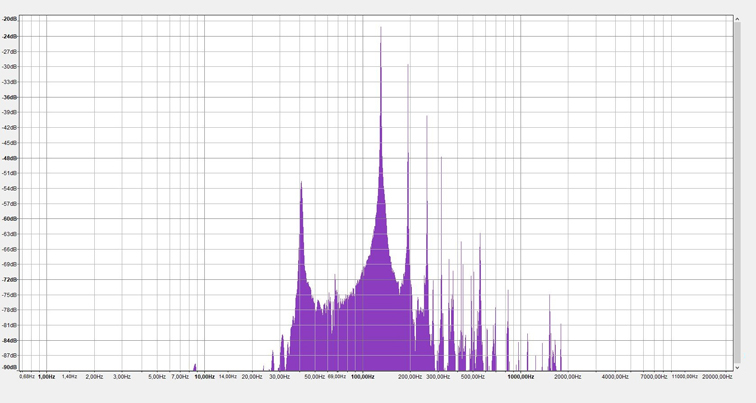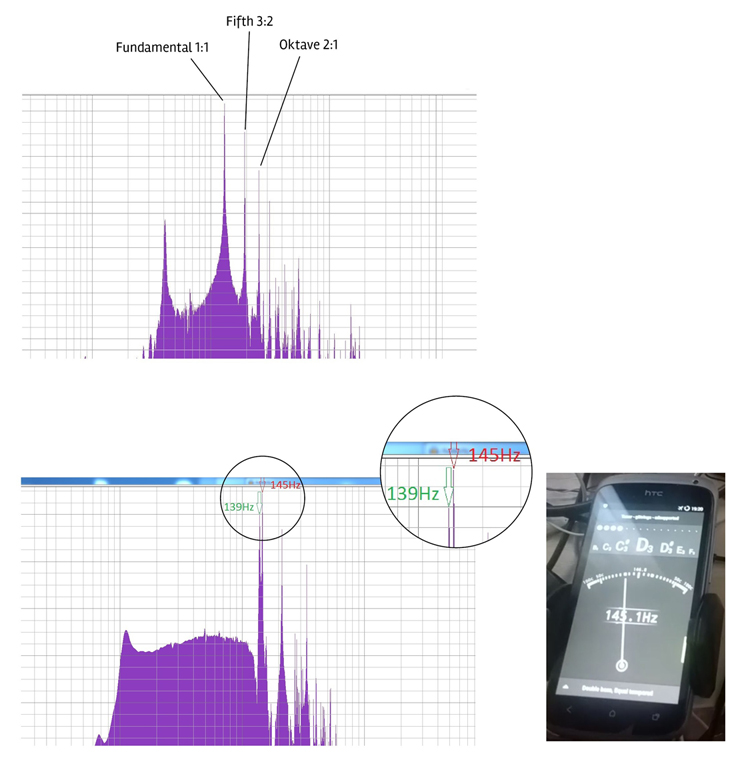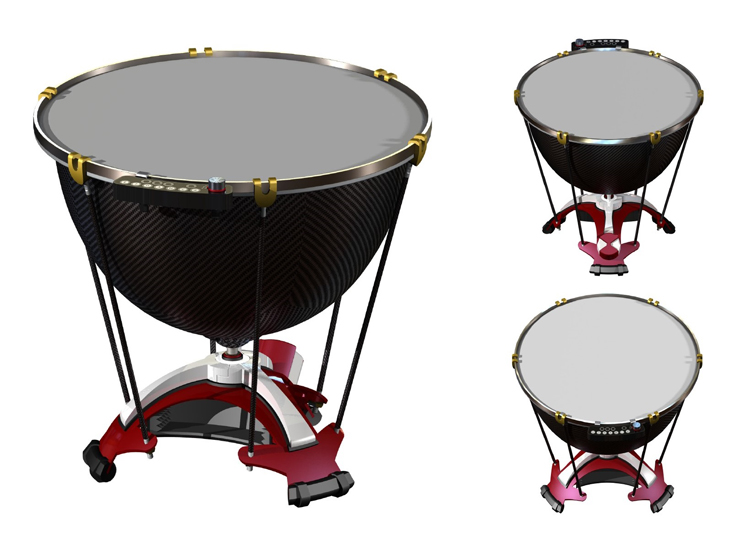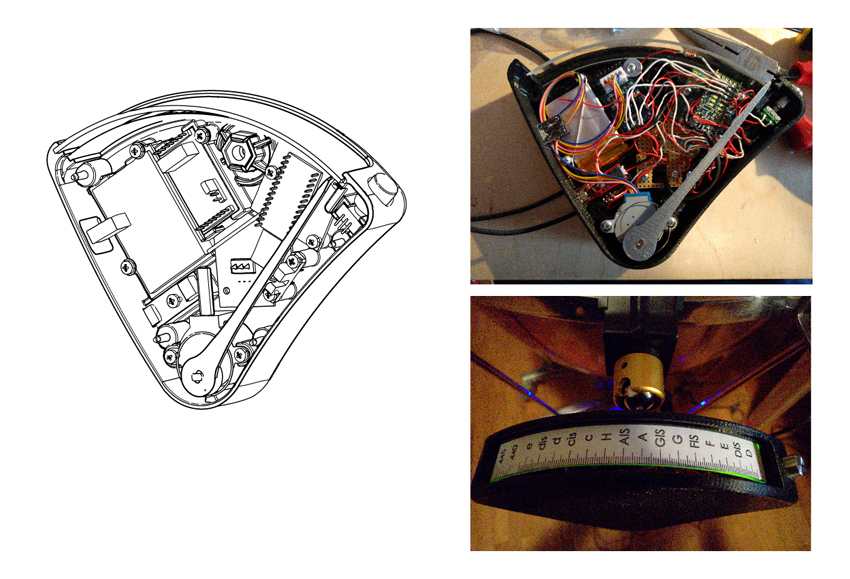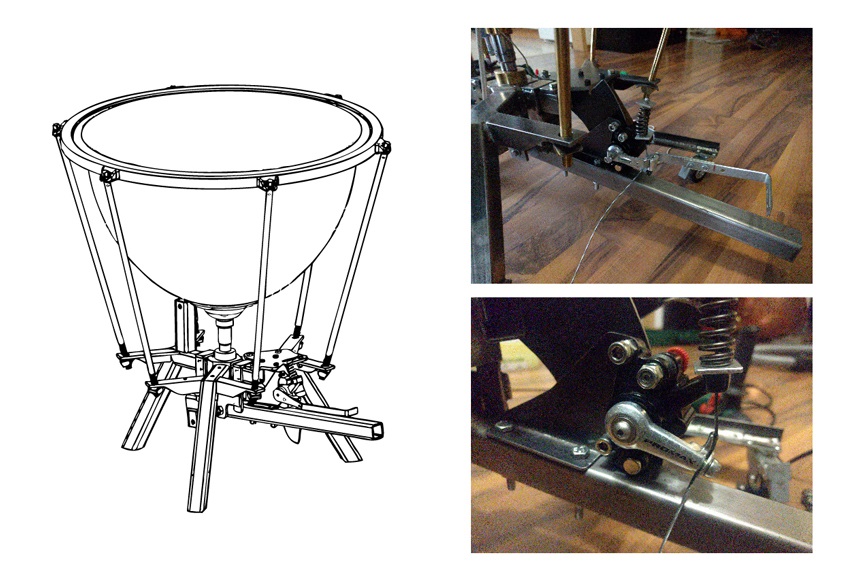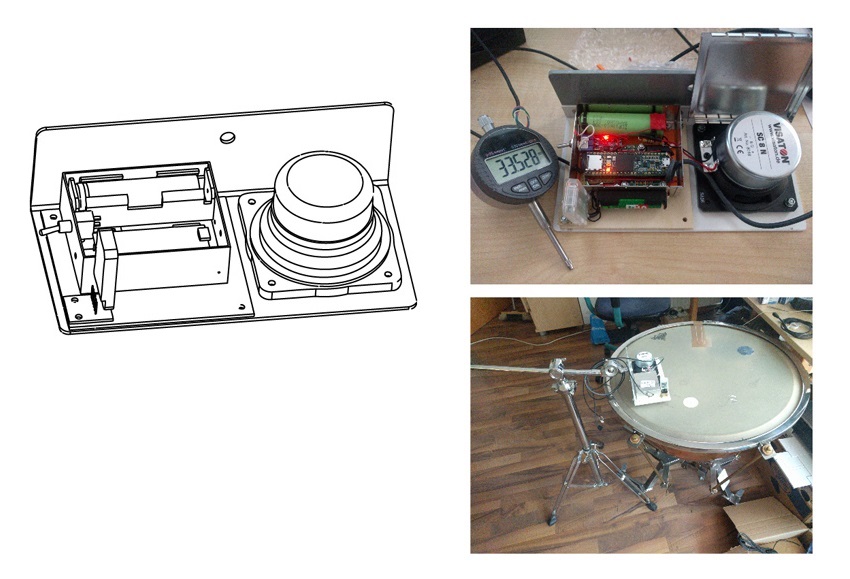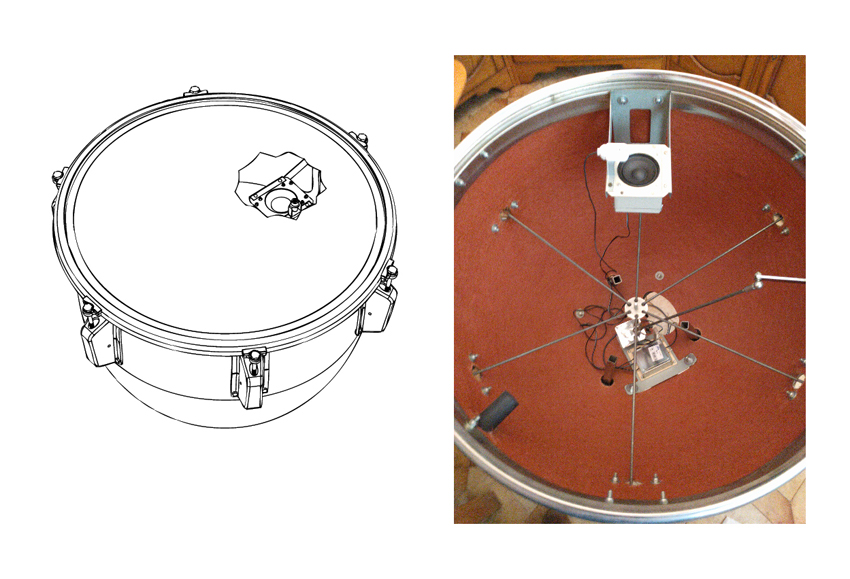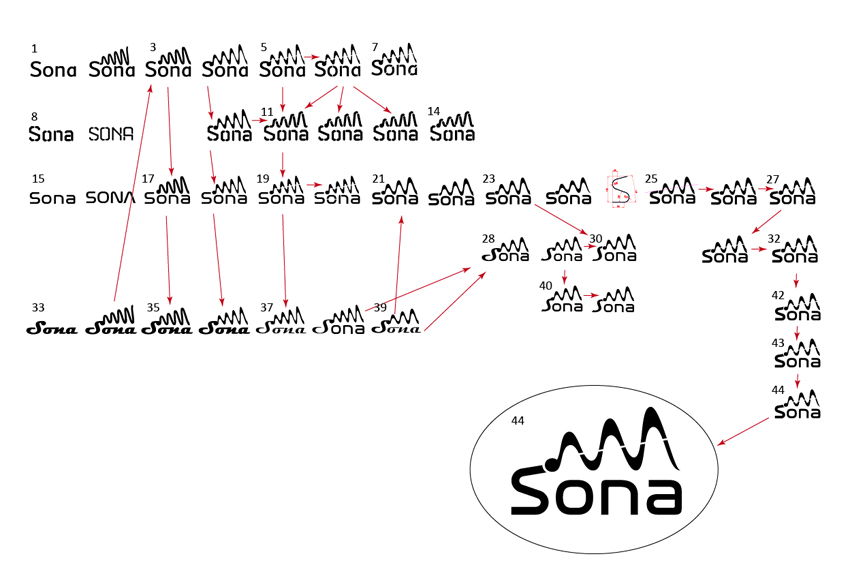Timpani tuning by resonance.
Fast, precise and quiet.
Sona is a professional tuning method for timpani and enables fast, precise and quiet tuning even in noisy environments. It replaces chromatic tuners, tuning apps and tuning forks. Timpanists use Sona for tuning before concerts, retuning between pieces or setting up tuning indicators and timpani heads.
